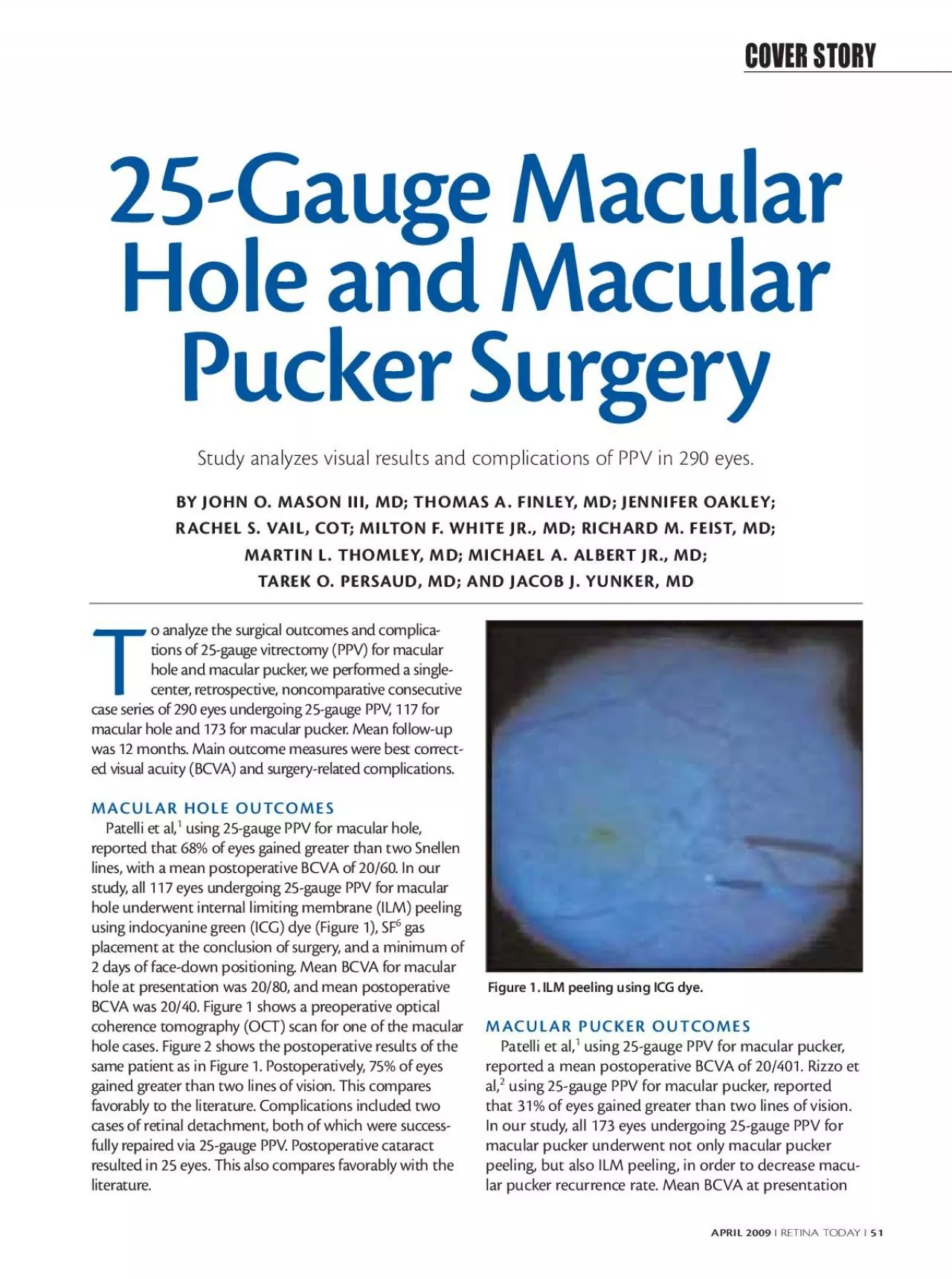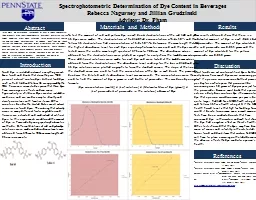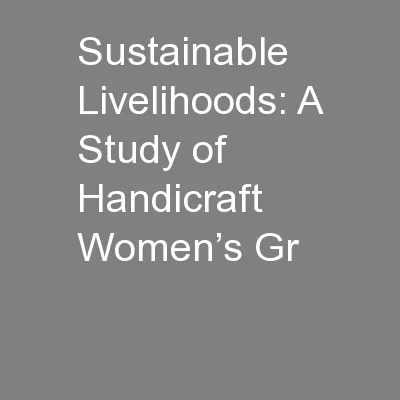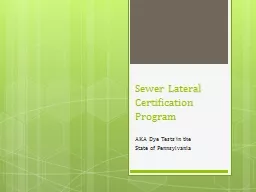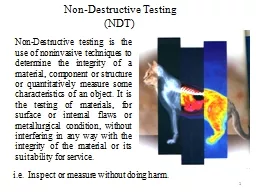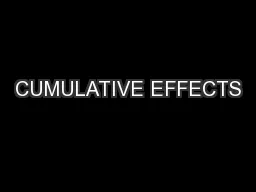PDF-Figure 1ILM peeling using ICG dye
Author : isabella2 | Published Date : 2022-08-26
was 2080 Figure 3 shows a preoperative OCT scan forone of the macular pucker cases Figure 4 shows thesame patient in Figure 3 postoperatively Mean postoperative
Presentation Embed Code
Download Presentation
Download Presentation The PPT/PDF document "Figure 1ILM peeling using ICG dye" is the property of its rightful owner. Permission is granted to download and print the materials on this website for personal, non-commercial use only, and to display it on your personal computer provided you do not modify the materials and that you retain all copyright notices contained in the materials. By downloading content from our website, you accept the terms of this agreement.
Figure 1ILM peeling using ICG dye: Transcript
Download Rules Of Document
"Figure 1ILM peeling using ICG dye"The content belongs to its owner. You may download and print it for personal use, without modification, and keep all copyright notices. By downloading, you agree to these terms.
Related Documents

